The American College of Sports Medicine recommends that people do 150-300 minutes of moderate exercise per week.
These exercises make it possible to do cardio anywhere you want, whether that be in your home, public park, or outside.
You can choose which exercises are most appropriate for you. As their fitness improves, they can also choose to move on to more challenging movements.
Best cardio exercises to do at home
These are some easy calorie-burning activities that anyone can do at home using minimal equipment.
These exercises can be used to create a cardio exercise program.
A person could, for example, do each exercise for 45 seconds up to one minute, then rest for 30 seconds and move on to the next set.
These exercises may be more appealing to people who are fitter.
Circuits are performed by completing 30-60 second rounds of each exercise, then resting for between 30-60 seconds. Then, they repeat the entire course as many times as necessary.
Beginning
For beginners, you don’t need to have any previous experience in physical activity. As they improve their cardiovascular abilities, you can increase the intensity of your exercise.
Marching in Place
This exercise can increase heart rate by marching in place. It is a good choice as a warm-up, or as single cardio activity.
You can increase your intensity by increasing the speed at which you march, or raising your knees higher.
Single leg stand
This exercise strengthens the abdominal muscles.
To perform:
- Begin with your feet together, or less than 3 inches (in).
- Retract your knees and lift one of your legs 3-6 inches off the ground.
- For 10-15 seconds, hold this position and then return your foot to the ground.
- Continue with the opposite leg.
You can make it more difficult by lifting your leg off the ground or jumping faster.
Jogging in place
Jogging at a pace can be a quick and easy way to increase your heart rate. This can also be used as a warm-up for beginners.
You can perform by bouncing lightly from one foot to the other. You can also swing your arms side-to-side.
Air jump rope
The air jumping rope requires that a person “swing” a jump rope in the air. This exercise is a good alternative to running in place and can be used as part of a warm-up routine.
Perform by standing with your feet together, jumping up and down, and swinging your arms in a circular motion.
Dance to music
You can make any space at home a dancefloor.
It can help you burn calories while dancing to upbeat music is a great exercise.
Arm circles
You can do arm circles standing or sitting, so they are great for everyone.
To perform:
- Rotate the arms clockwise and counterclockwise in a circular motion. This movement could look like a butterfly or backstroke.
- A person with limited mobility can use their arms to extend their arms and draw small circles.
Jumping Jacks
Jumping Jacks can be performed almost anywhere.
To perform:
- Start with your feet together and your arms straight down.
- Lift your arms straight up and extend your arms to the sides. Jump out with your feet apart.
- Return to the starting position, landing softly on your feet. Then bring the arms back into your body.
You can increase or decrease the intensity of your exercise by jumping faster or higher. You can also decrease the intensity of your exercise by doing slower or shorter jumping jacks.
Exercise: Supine snow angel (wipers).
This exercise should be done while lying down. It works the abdominal muscles and chest as well as the shoulders.
To perform:
- Place your feet flat on the floor and lie on your back.
- To place your lower back on the ground, tuck the pelvis.
- Reach your arms out from the shoulders and bend your hands towards the ears.
- Slowly lift your hands towards the head so you can meet.
- Reduce your hands to the starting position, and then repeat.
Intermediate exercises
Intermediate exercises increase the intensity to get your heart pumping and your body moving.
Squat jumps
Squat jumping is a great way to increase your exercise intensity and work the quadriceps, glutes, and calves.
To perform:
- Standing with your feet together, arms outstretched, and your hips at the sides, stand tall.
- To squat, bend at your knees.
- Jump in the air from a squat position and extend your hips to straighten the body.
- Place your feet on the ball of your feet and roll backward to absorb shock from the heels.
- To adjust the difficulty, you can repeat this process with different arm movements.
Jump rope
You can increase the difficulty of jumping on an air rope by doing beginner exercises.
One can choose to jump with one foot or both.
Front kick
The single-leg kick at the top of the squat position will test a person’s balance.
To perform:
- Standing with your feet together, arms outstretched, and your hips at the sides, stand tall.
- To squat, bend at your knees.
- To perform a front kick, return to standing.
- You can do the same thing on the opposite side.
Trunk rotation
The trunk rotation tests the cardiovascular system and works the abdominal muscles.
A person can lift a lot of weight to increase intensity.
To perform:
- Standing at chest height, with your elbows bent to the sides, with a heavy object in front of you,
- Twist your torso and turn to one side.
- You can also keep your arms straight up and turn side to side.
“Screamer” lunges
Screamer lunges are great for building leg muscles and challenging your heart.
To perform:
- Place your feet hip-width apart.
- To get into a lunge position, extend your right leg.
- To lift your right knee up to the hip height, push off with the right foot and jump in the air.
- For 10 lunges, return the right foot to its starting position.
- Continue with the left leg.
Stair climb
You can add stairs to your workout by climbing up and down several times.
To further challenge your cardiovascular system and leg muscles, you can take the stairs two at a time.
Lateral shuffles
This motion is very similar to a speed-skating warm-up or a football.
To perform:
- Begin at one end of the room, and then squat slightly.
- Shuffle to the opposite side of the room. Your feet will meet together, and then you’ll move forward.
- To increase your exercise intensity, increase speed, and squat depth.
Advanced exercises
To make advanced cardio exercises more intense, a person can increase their intensity (repeating and rate)
Some exercises, however, are more difficult and require you to transition from standing to sitting.
Mountain climbers
Mountain climbers can be a challenging exercise that works the entire body, particularly the lower half.
To perform:
- Begin by standing in a pushup position, with your right leg extended backward and your left leg close to the chest. Your toes should be on the ground.
- Keep your hands on the ground, and your hips at the level of your hips. Then quickly change the position of your legs.
- Continue to alternate your legs.
Burpees
Burpees can be used to pump your heart rate.
To perform:
- Begin by putting your body in a pushup position.
- To bring your knees towards the chest, push the feet forward. Land in a squat.
- Jump out of the squat and raise your hands in the air, before landing softly back in the squat.
- Place your hands under the shoulders and place them back on the ground.
- To return to the original position, lift your legs.
A Bosu ball is a special exercise tool that can be used to make the workout more difficult.
Bear crawl
The bear crawl can be done all over the body.
To perform:
- Start in a pushup position.
- Keep your knees bent and your knees up, and crawl forward using alternate leg and arm movements.
- Keep your torso at the same level as your abs.
Inchworms
The inchworm is an exercise that tests your shoulder strength and mobility.
To perform:
- Stand up, and touch your toes briefly while you move to a pushup position.
- Do a pushup and then move your feet towards the hands. Next, lift your hips up to the upside, in a similar fashion to the downward dog.
- To return to pushups, tuck your feet so that they are as close to the hands as possible.
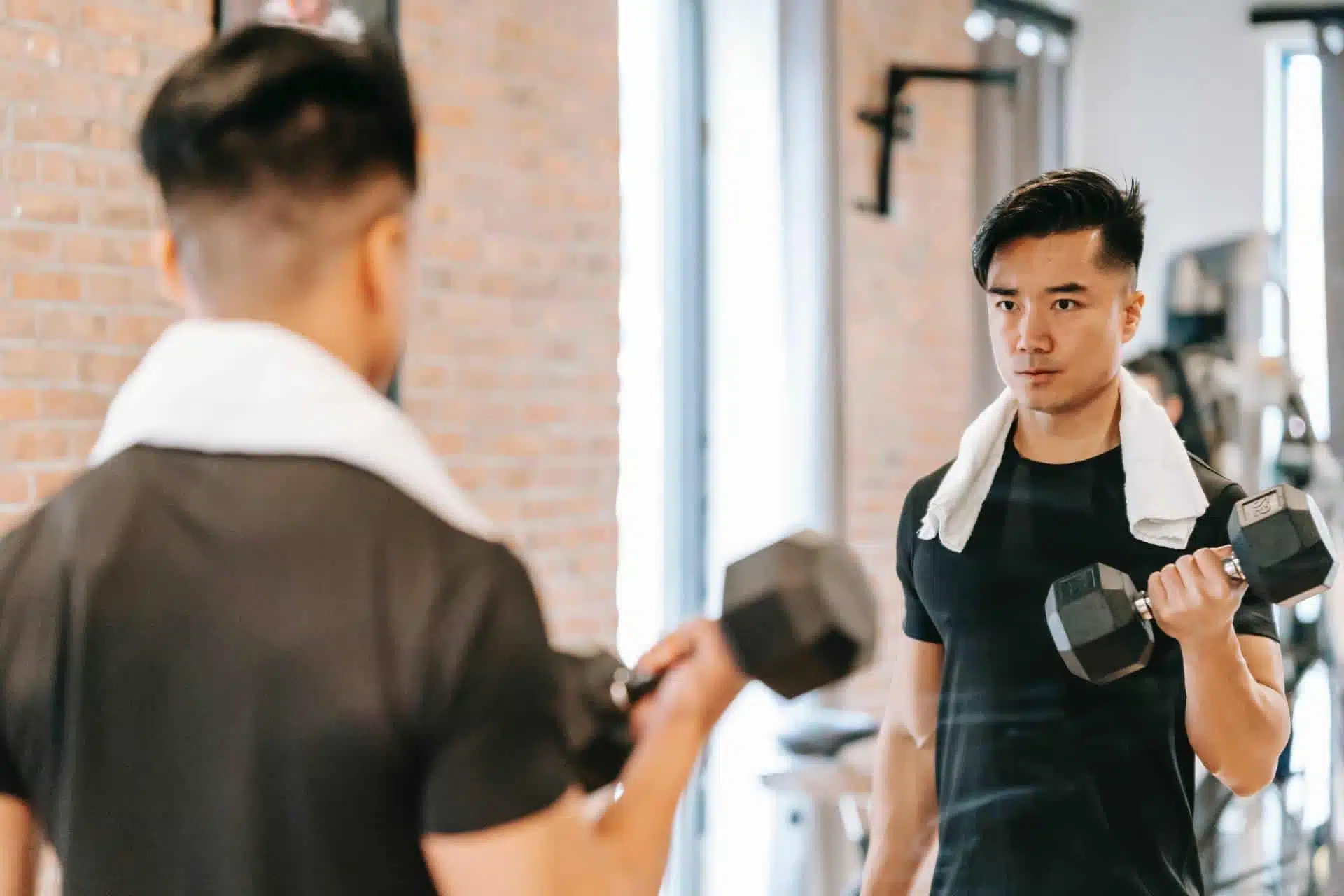
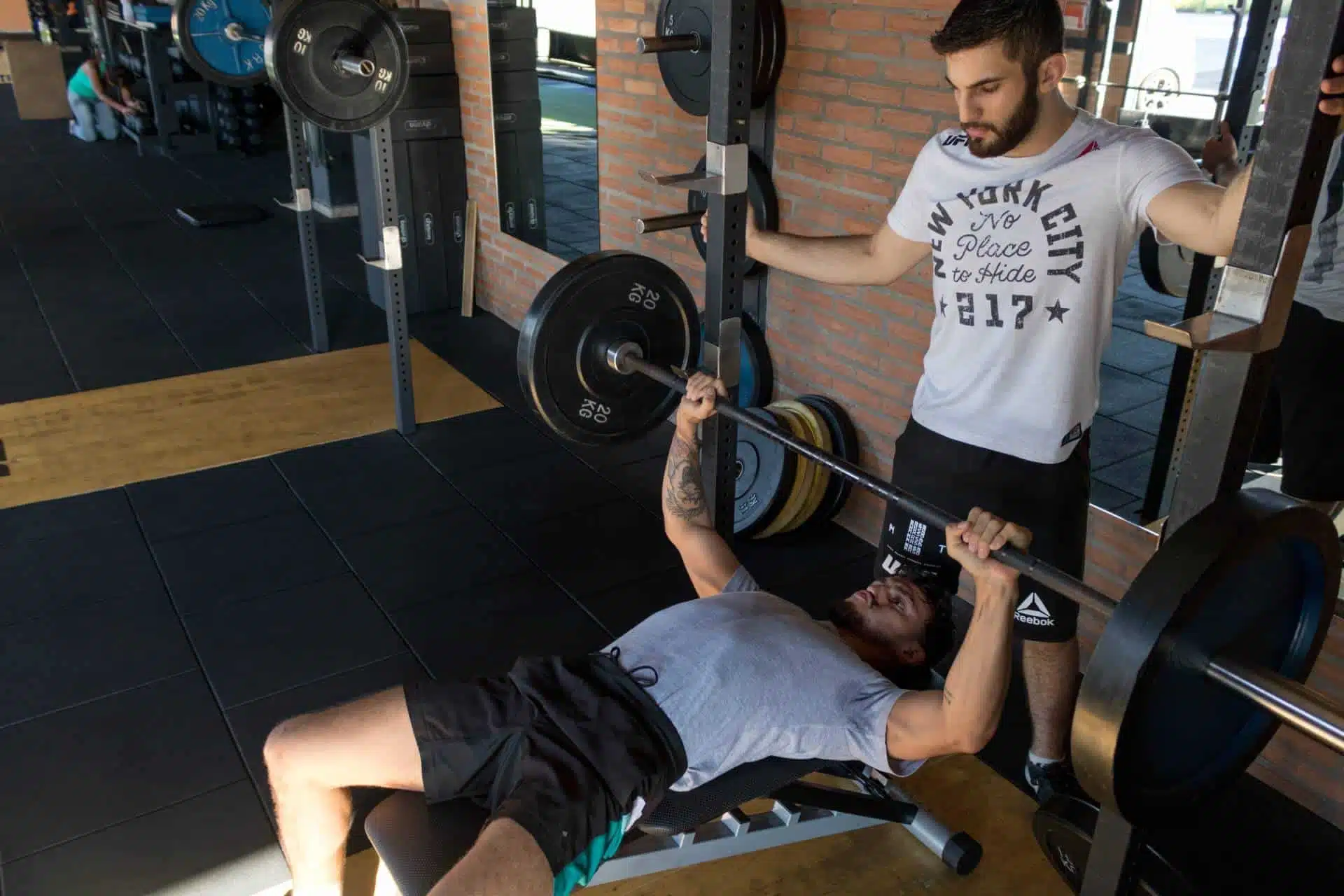
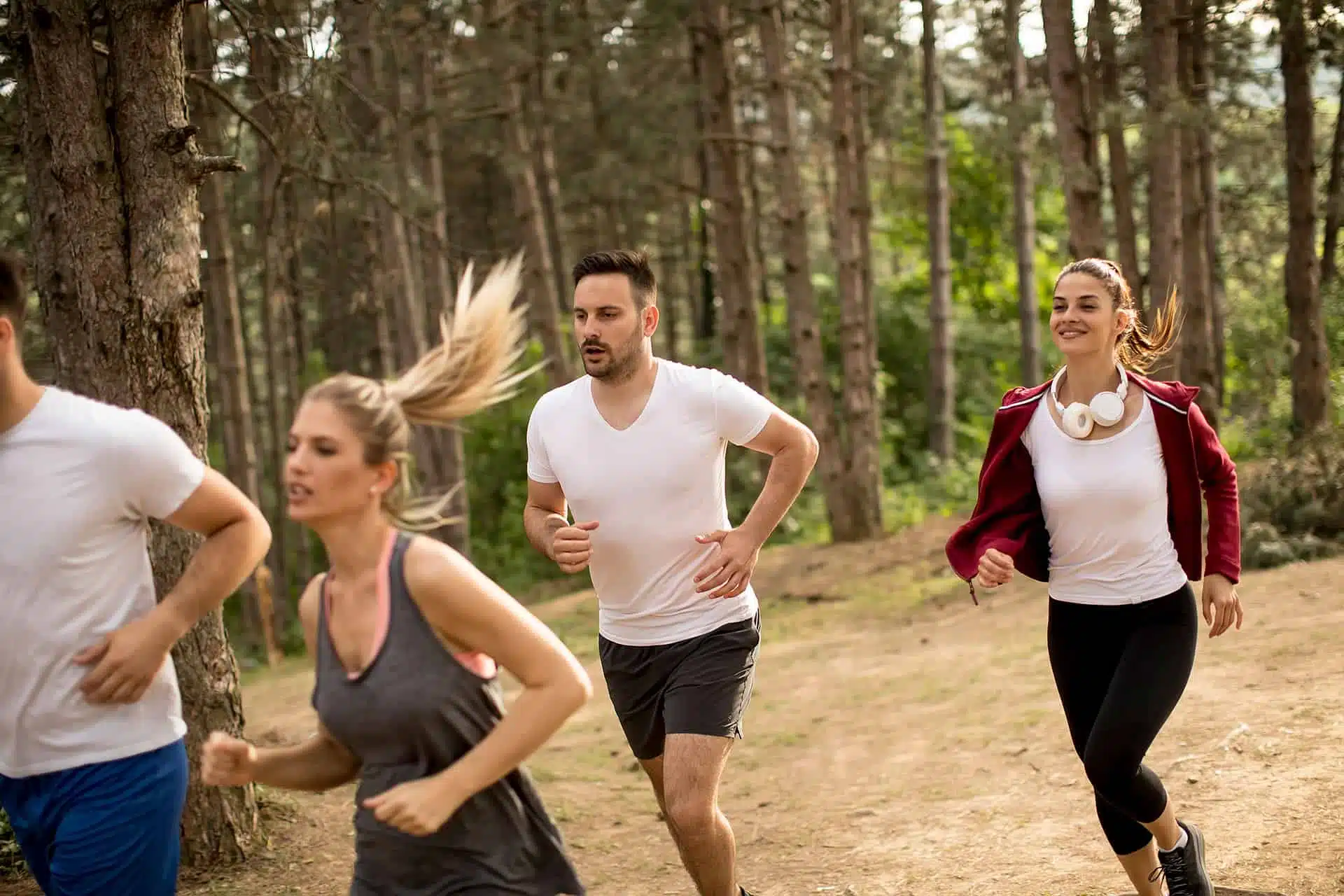


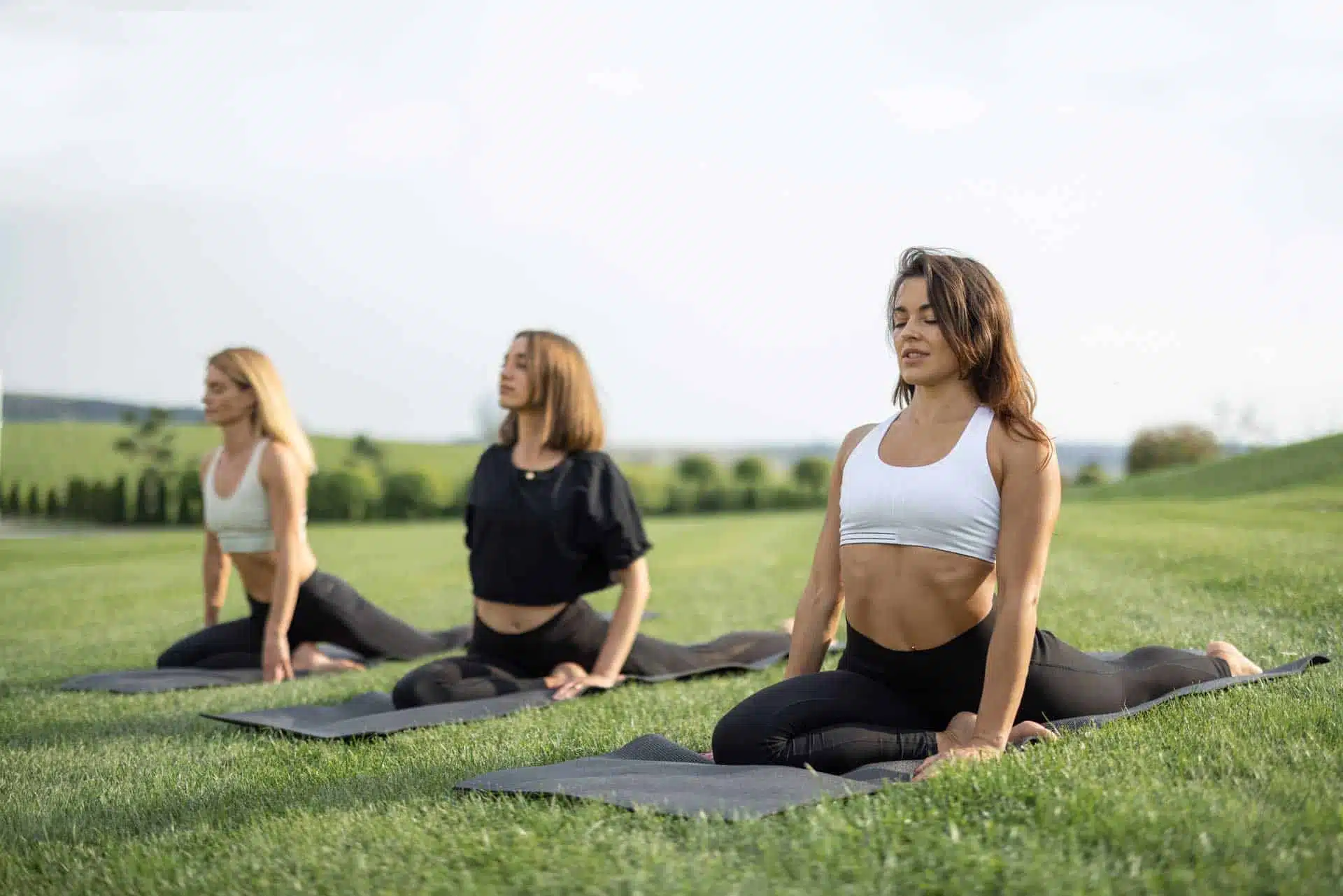
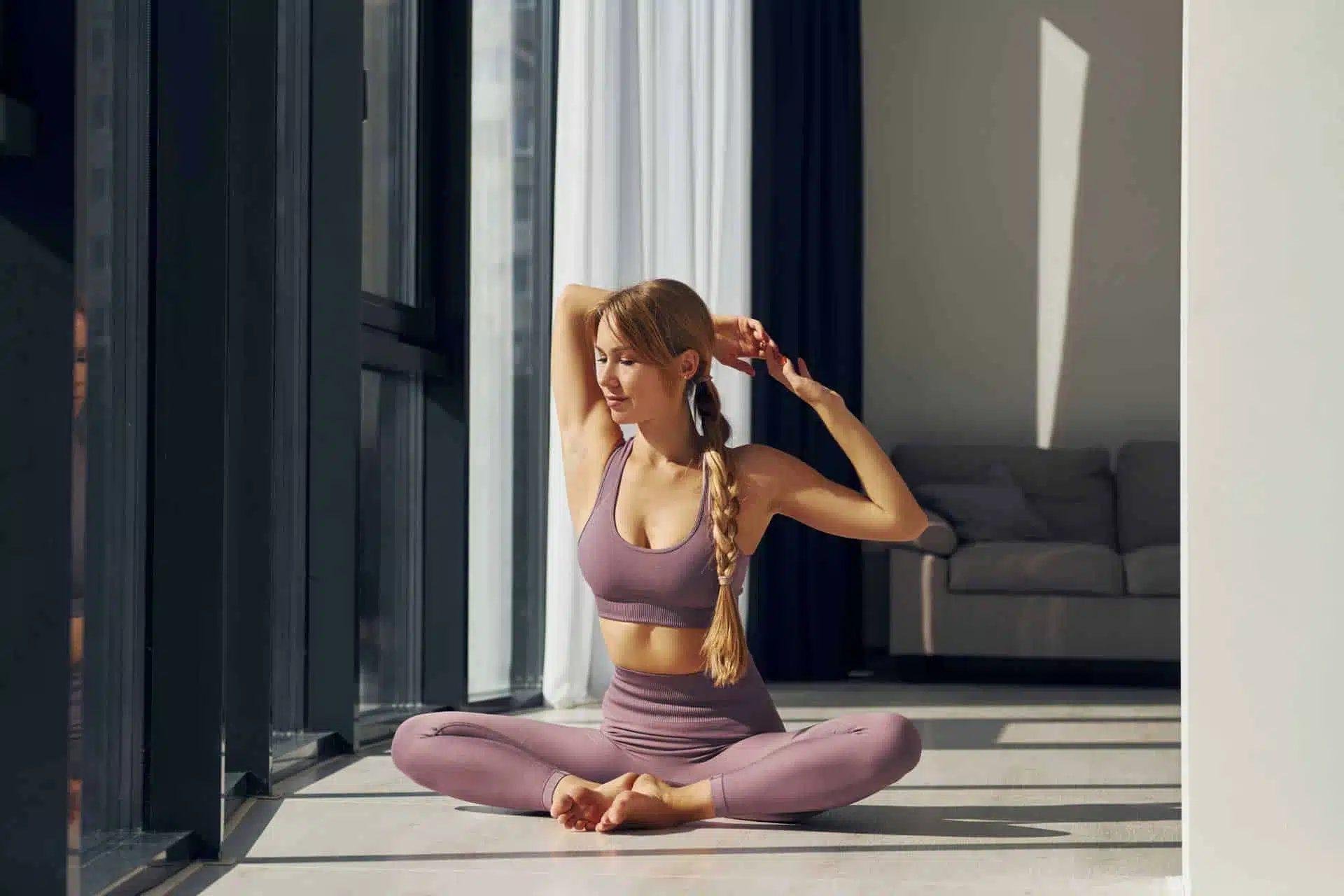

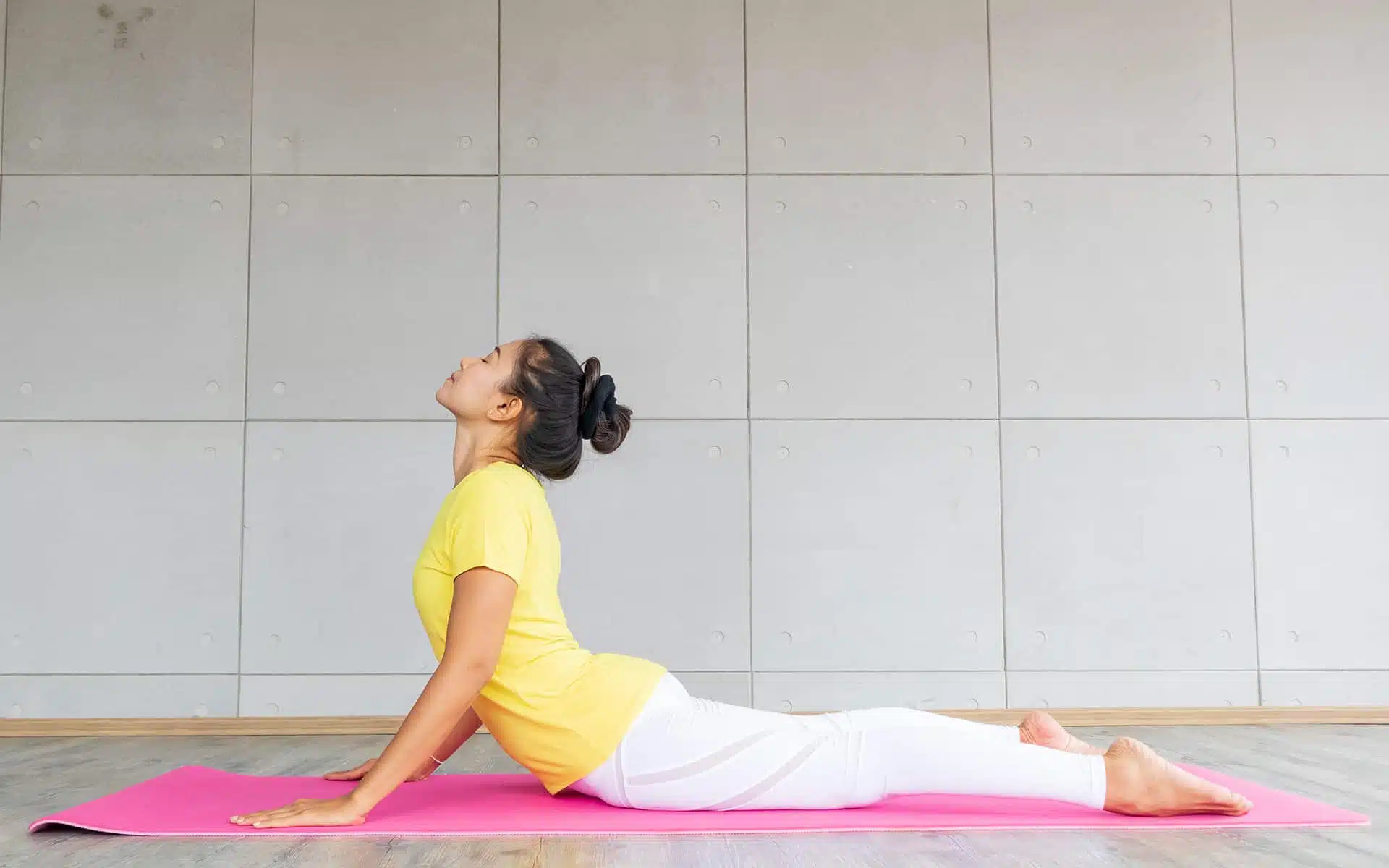







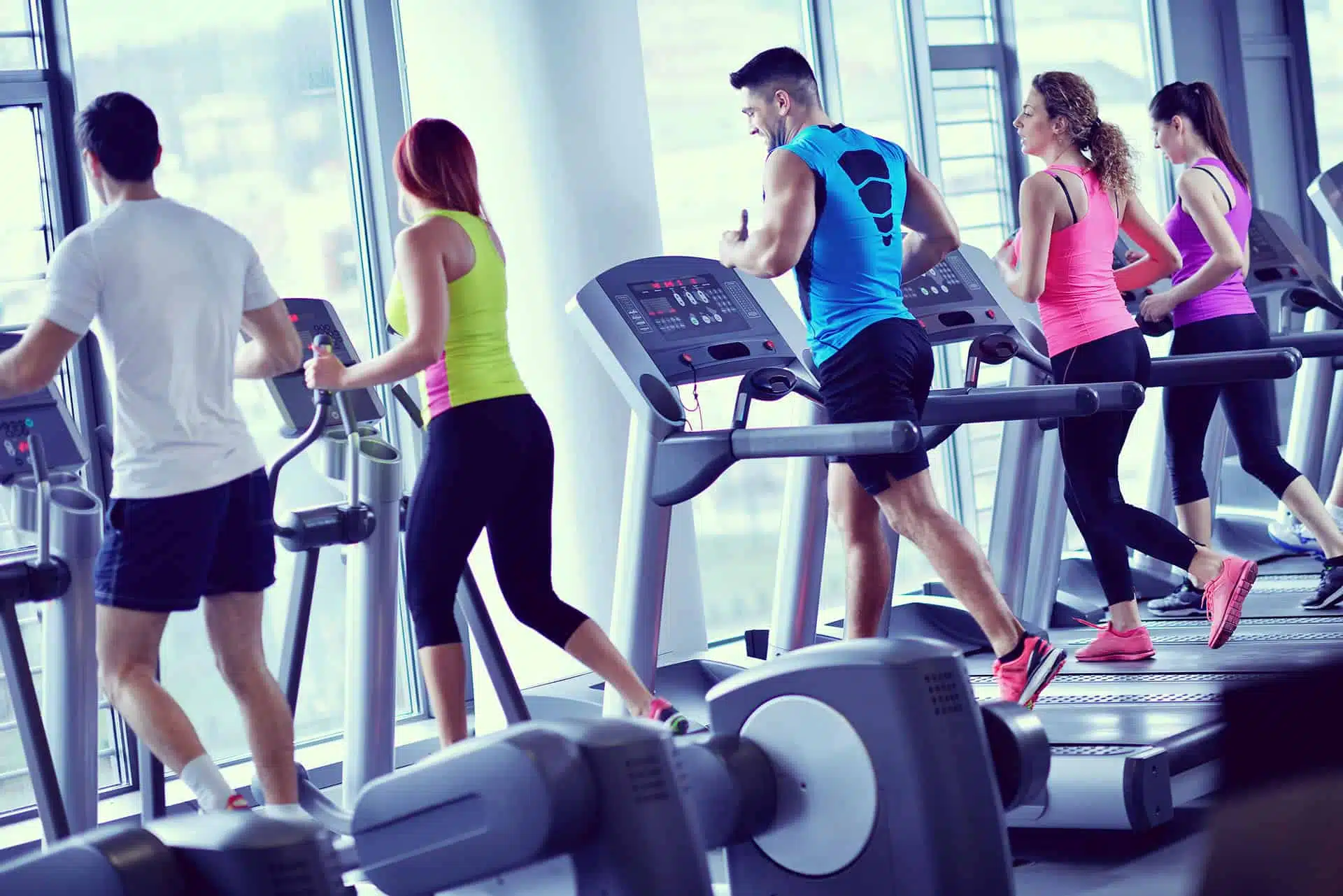
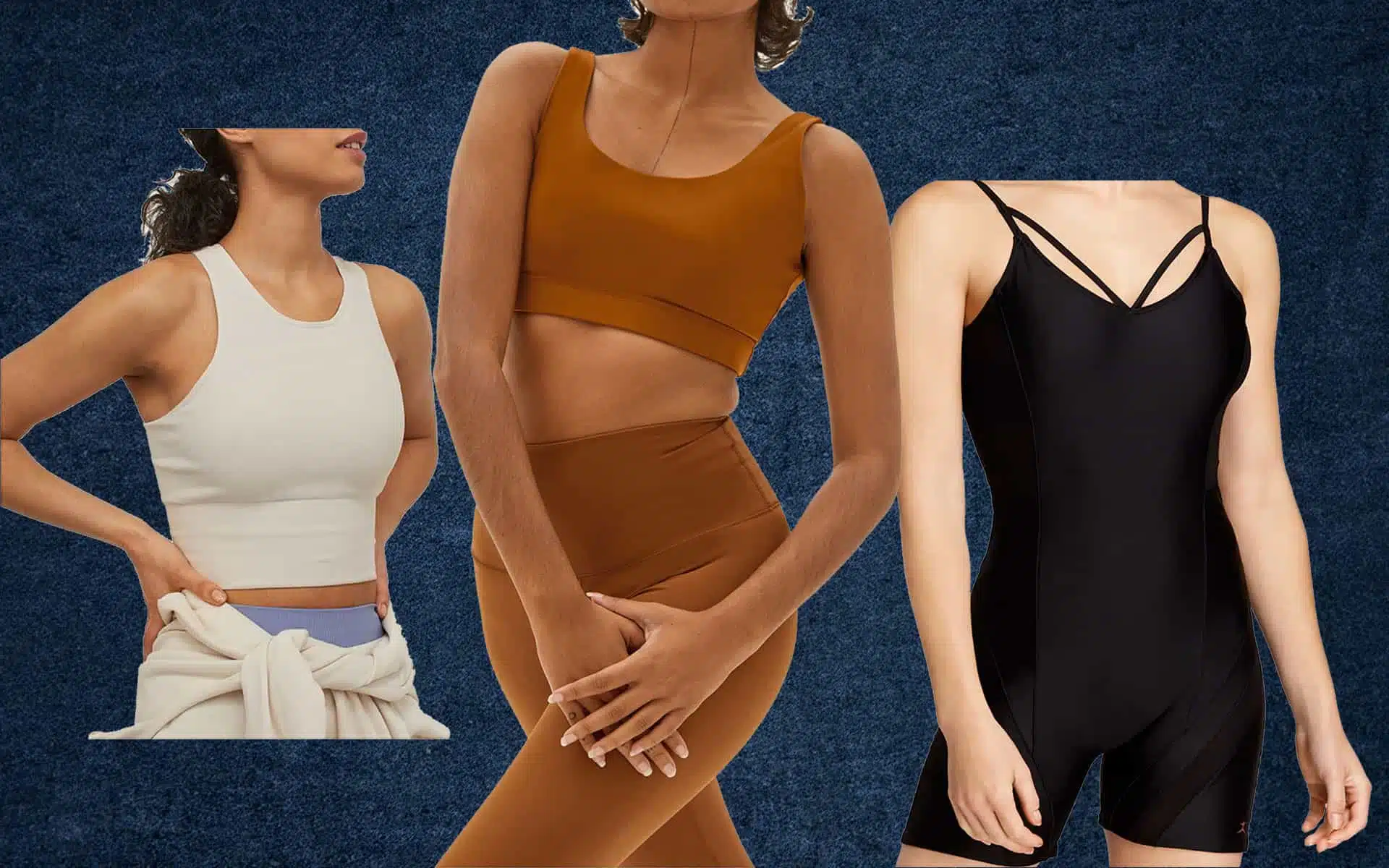


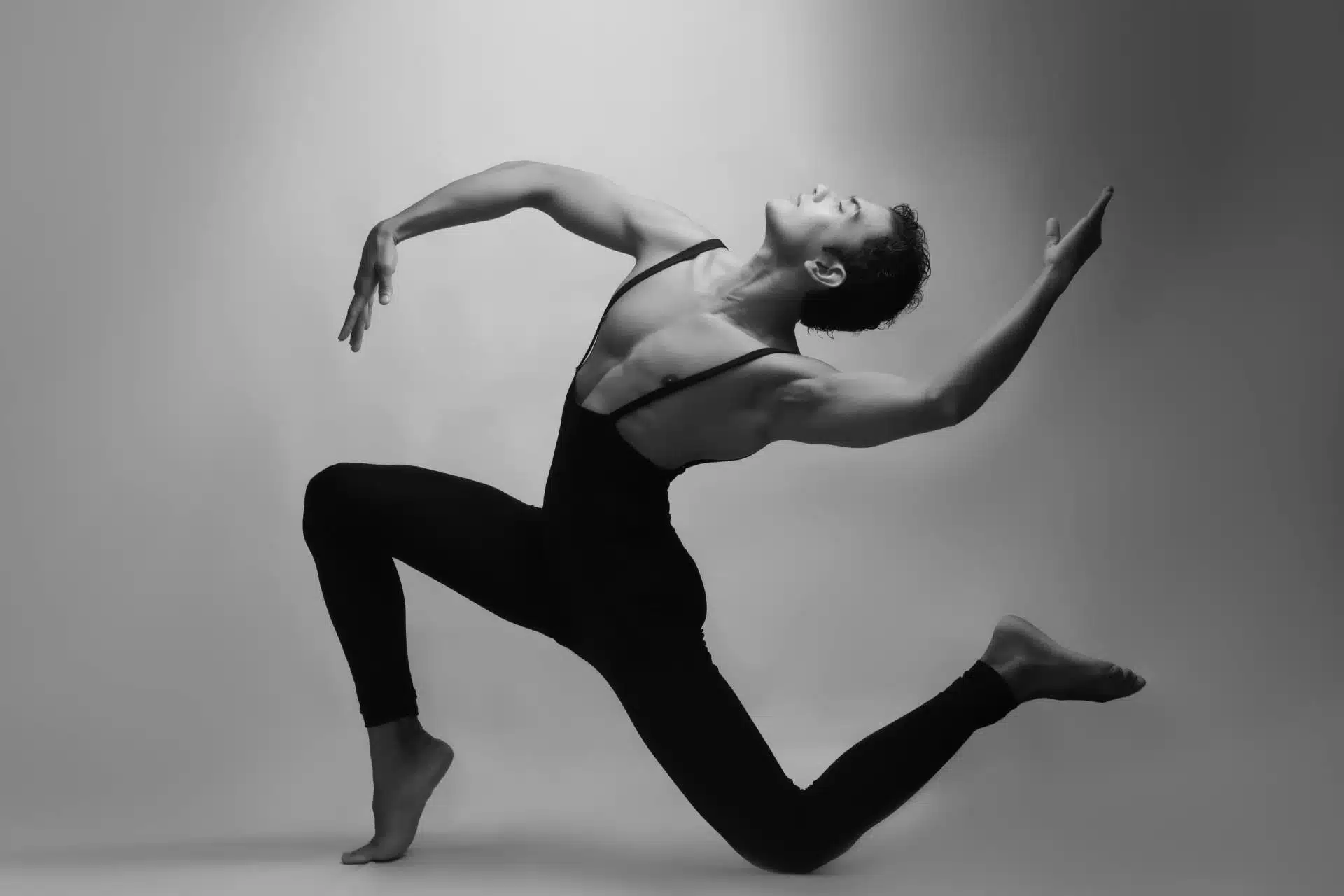



2 Responses